The working principle of a door lock actuator in a car model can vary slightly depending on the specific design and system used. However, here is a general explanation of how a door lock actuator typically operates:
Power Source: The door lock actuator is powered by the vehicle's electrical system, usually through a fuse and wiring connected to the car's battery or main electrical distribution panel.
Control Signals: When you press the lock or unlock button on the key fob, door panel, or central locking system, a control signal is sent to the door lock actuator.
Electric Motor: Inside the door lock actuator, there is an electric motor that converts electrical energy into mechanical motion. The motor is typically a DC (direct current) motor.
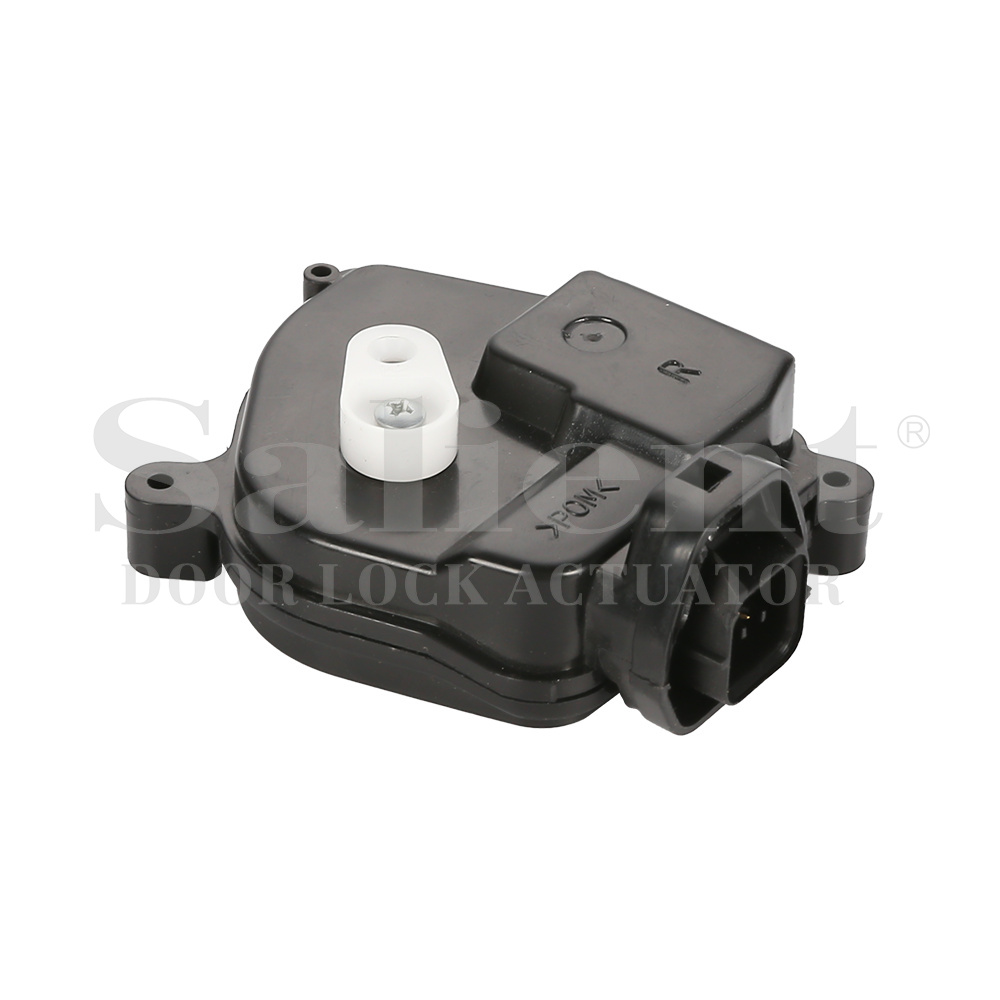
Linkage Mechanism: The electric motor is connected to a series of gears or a linkage mechanism that translates the rotational motion of the motor into linear motion.
Locking and Unlocking: When the electric motor receives a signal to lock or unlock the door, it activates and rotates the gears or moves the linkage mechanism. This, in turn, moves a rod or lever attached to the door lock mechanism.
Door Locking Mechanism: The rod or lever, when moved by the actuator, engages or disengages the door lock mechanism, which may involve moving a latch or engaging a bolt, depending on the specific type of locking system in the car.
Confirmation Signal: Once the door lock actuator has completed its operation, it may send a feedback signal to the control module or central locking system to indicate that the action has been completed successfully.
It's important to note that the specific design and components of the door lock actuator can vary between car models and manufacturers. Some vehicles may use solenoid-based actuators instead of electric motors. Additionally, modern vehicles may incorporate additional features like anti-theft systems, keyless entry, or electronic locking mechanisms, which can influence the complexity and operation of the door lock actuator system.
In summary, the door lock actuator in a car model functions as an electrical device that converts electrical signals into mechanical motion to lock or unlock the vehicle's doors. Its purpose is to provide convenience, security, and ease of access for the occupants of the vehicle.


 English
English Español
Español
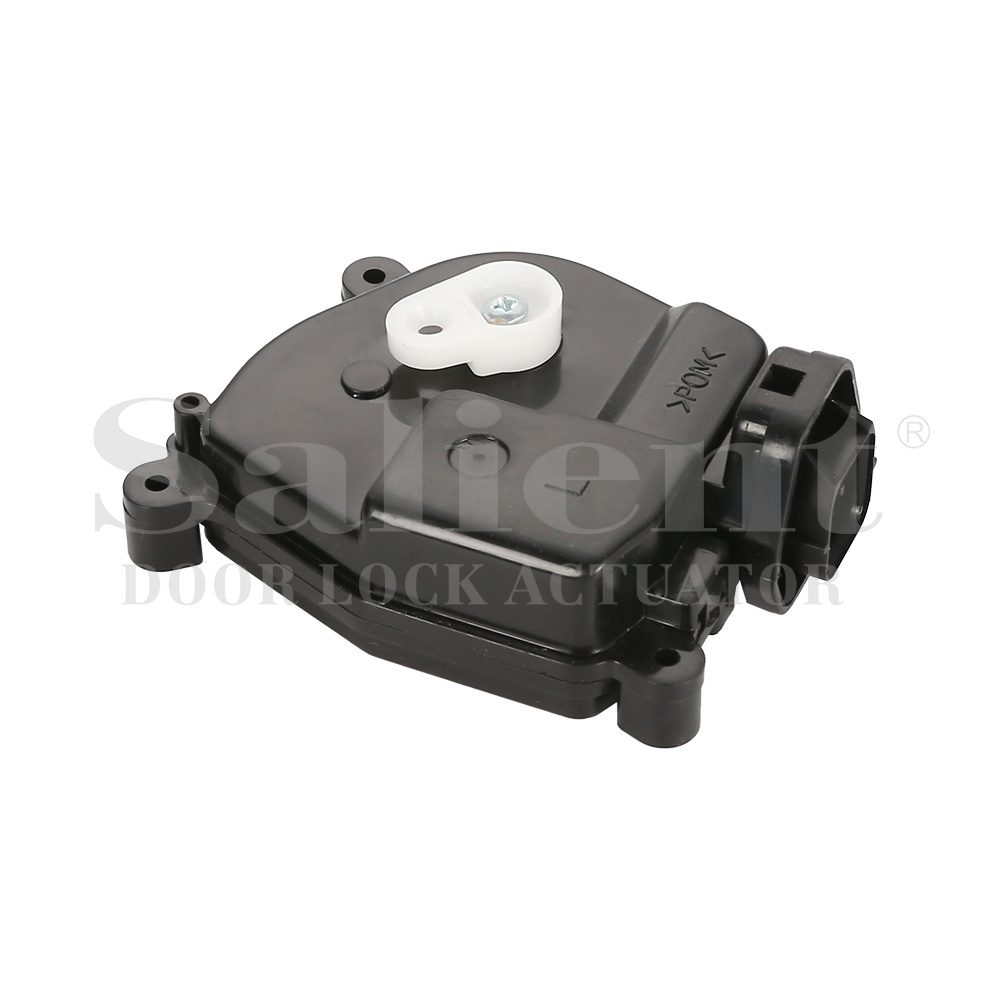
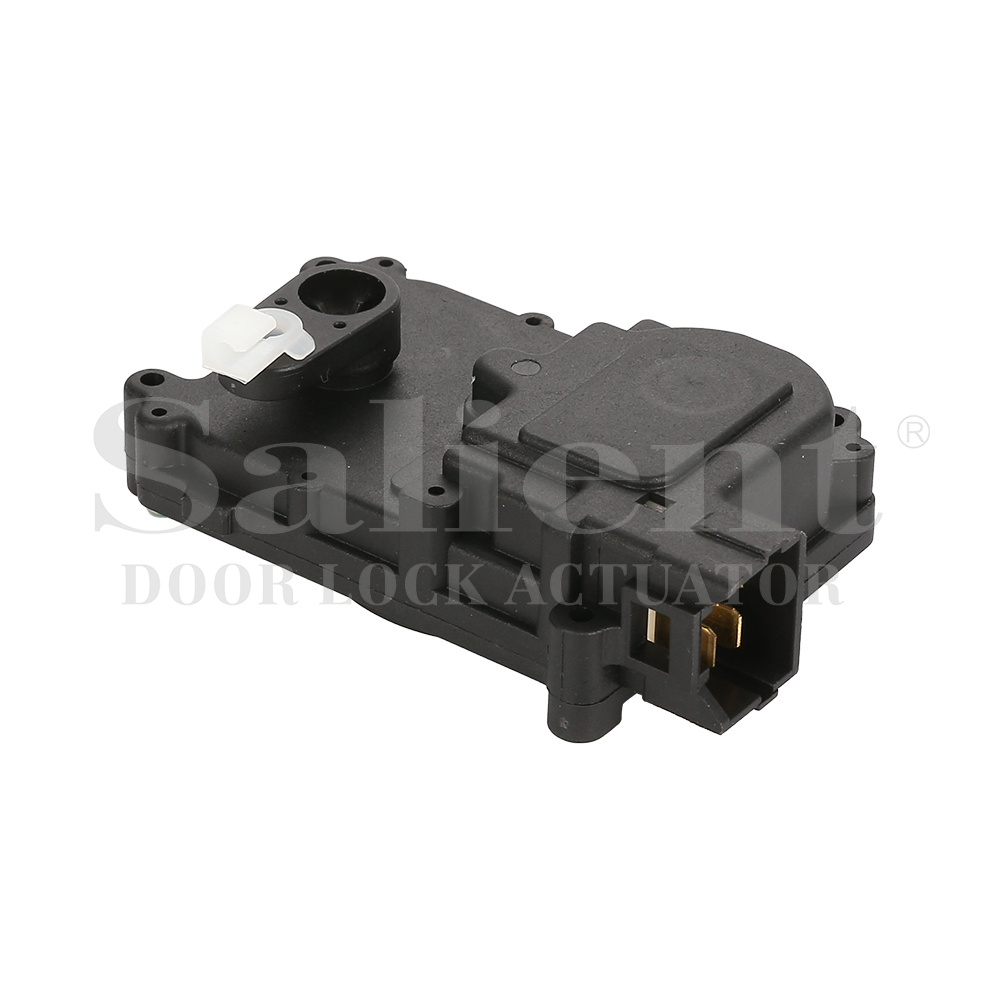
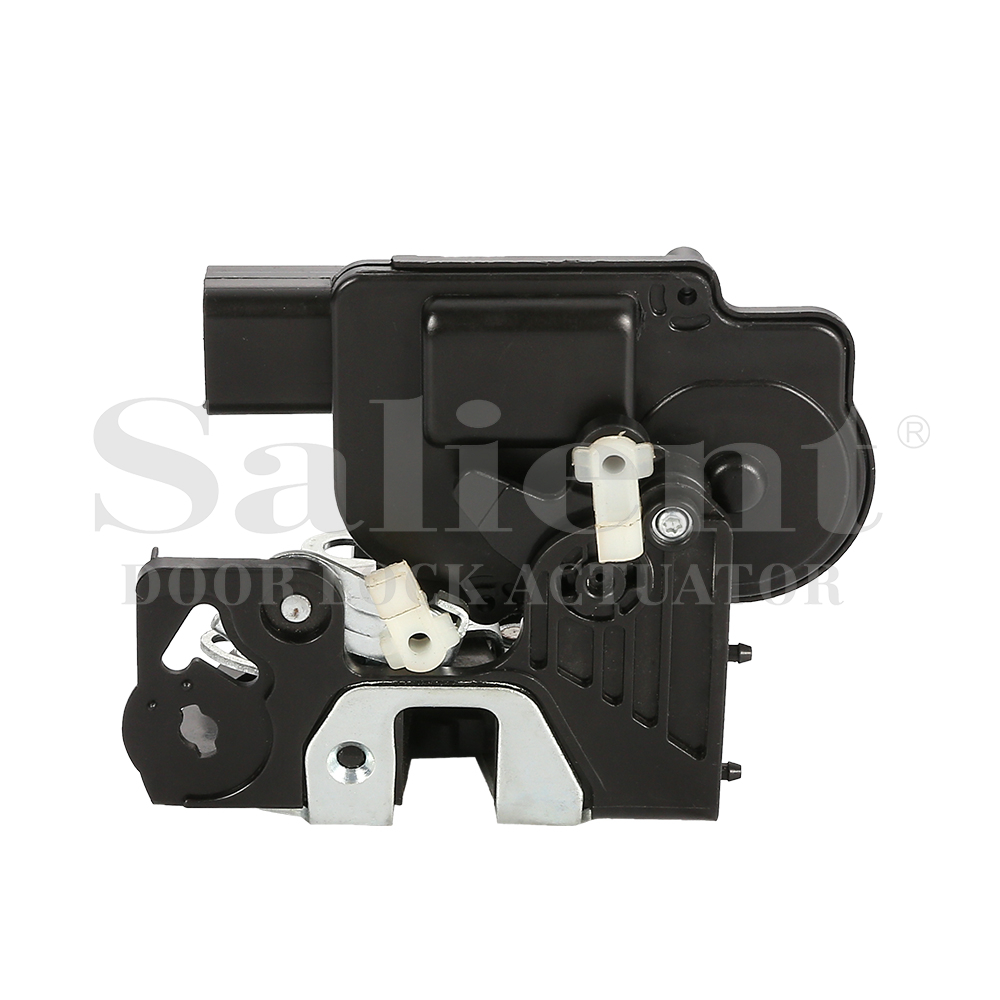
-1.jpg)
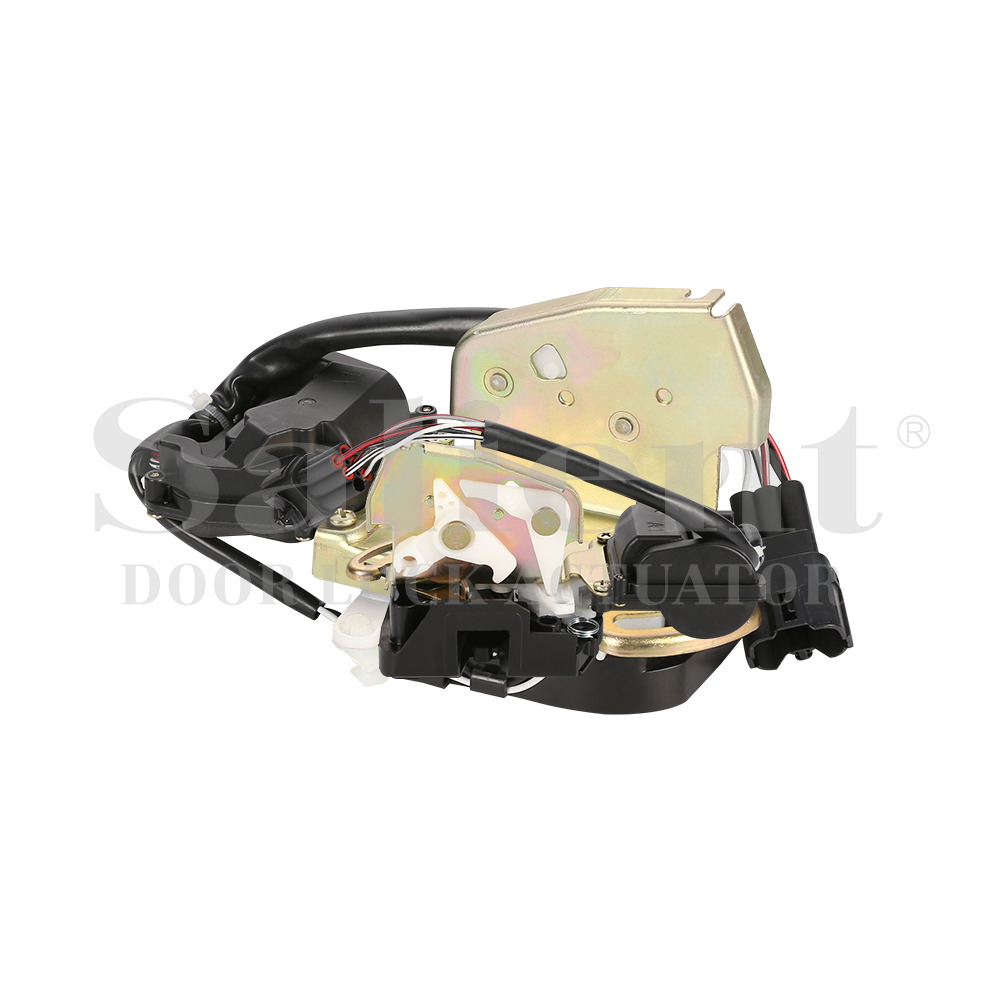
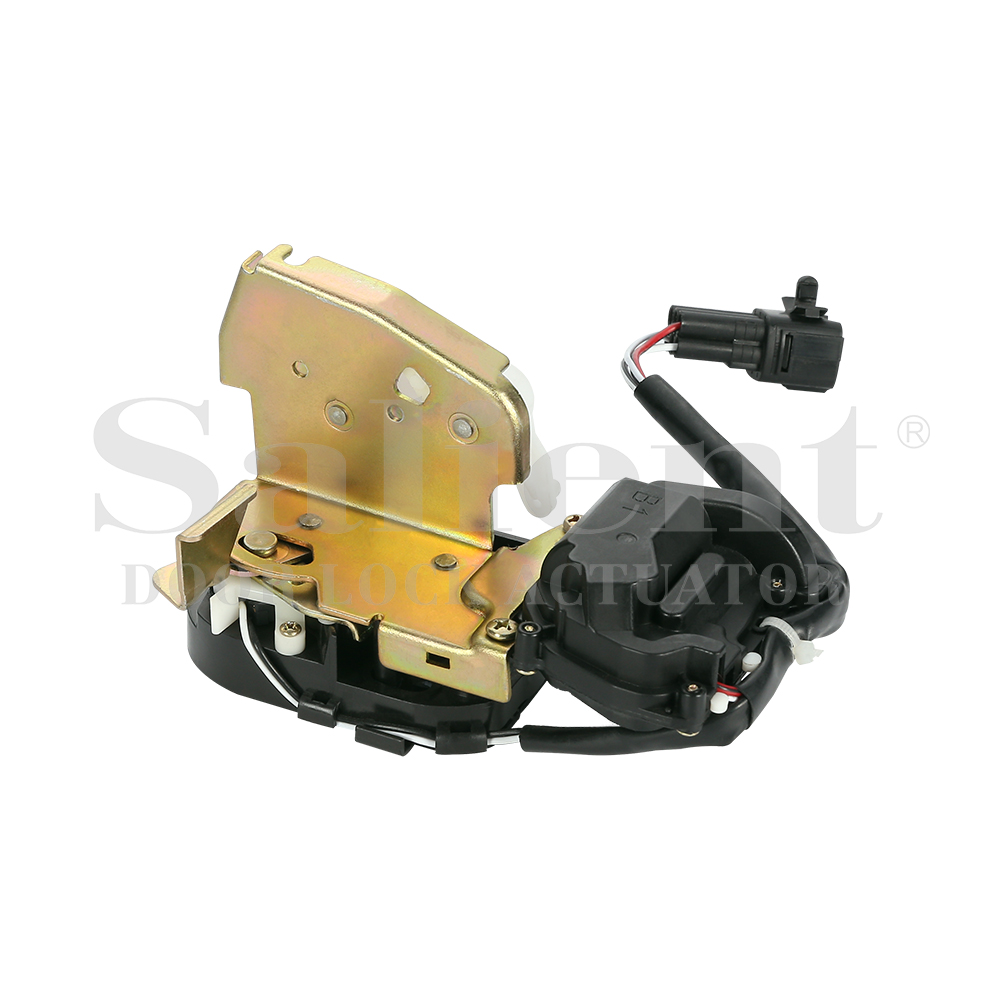
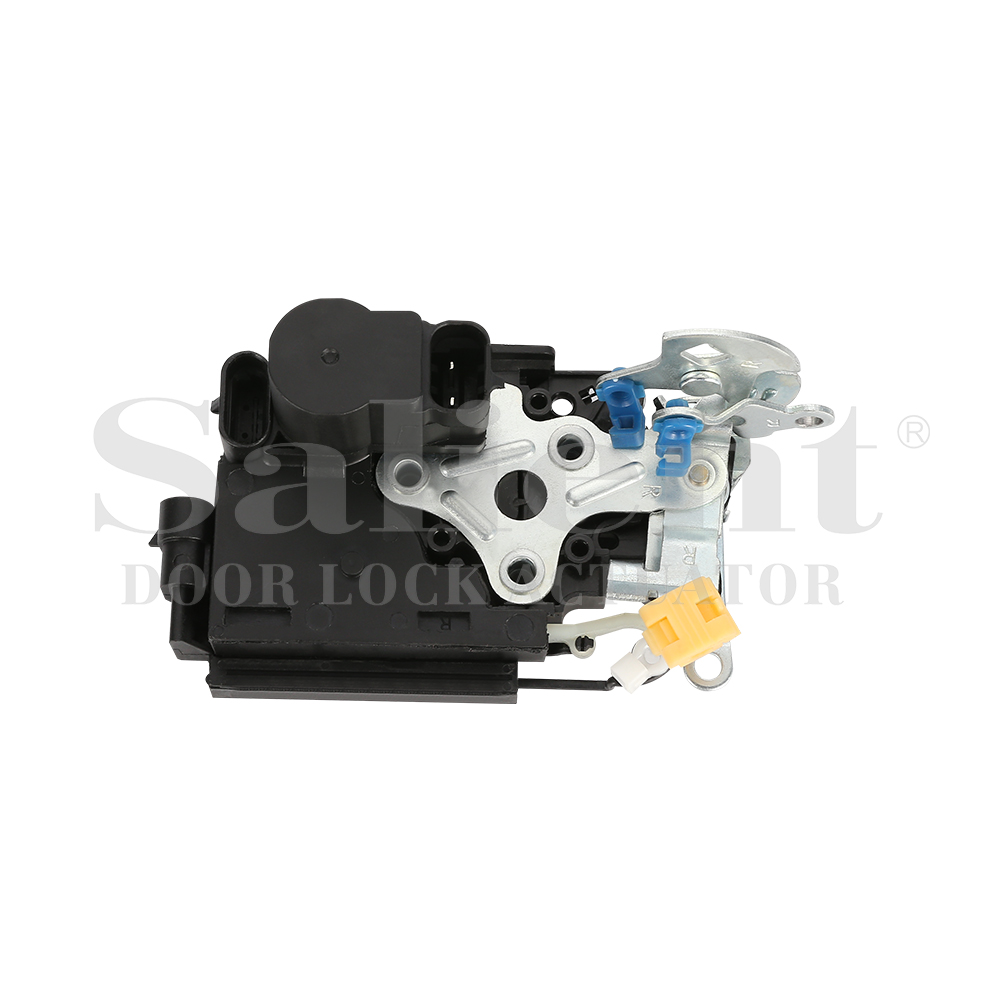
.jpg)
.jpg)
.jpg)
.jpg)

